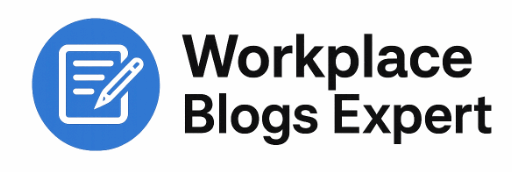How to Solve Common Workflow Issues with Team Collaboration Software

Smooth workflows are the backbone of any successful business. When processes fall apart, projects stall, deadlines slip, and teams feel the pressure. Issues like unclear responsibilities, poor communication, and difficulty tracking progress are common in growing organizations. These challenges slow everyone down and can affect morale and client relationships..
To stay productive, businesses need better ways to organize their work and keep everyone aligned. One effective solution is adopting tools and strategies that centralize tasks, improve communication, and make progress visible to all. Below, we’ll look at the most common workflow issues and how to fix them before they derail your team.
1. Poor Task Visibility
It’s easy for tasks to get lost when they are buried in emails or scattered across different platforms. Without a clear view of who is doing what, projects often fall behind schedule.
Fix: Use one system where all tasks are listed, assigned, and updated. When everyone can see the full picture, they understand their role and can plan better. Task management tools and project tracking features are especially useful for maintaining transparency.
2. Weak Communication
Workflow problems often stem from messages being missed or misunderstood. This is even more likely with remote or hybrid teams where informal conversations don’t happen as often.
Fix: Set clear channels for each type of communication. Daily updates, project discussions, and approvals should have their own dedicated spaces. This structure cuts down on confusion and keeps important information from being overlooked. Instant messaging tools and virtual meeting platforms can help teams stay connected no matter where they work from.
3. Unclear Roles
When people don’t know exactly what is expected of them, work gets duplicated or left unfinished. Large or cross-functional teams are especially prone to this issue.
Fix: Assign ownership for each task at the start. Put responsibilities in writing so everyone knows who is accountable and when deliverables are due. Collaborative workspaces and shared dashboards can help clarify responsibilities for all team members.
4. Missed Deadlines
Deadlines slip when teams underestimate how long tasks will take or forget to check on progress. A few missed dates can quickly disrupt the entire project.
Fix: Break work into smaller milestones and set reminders for each one. This makes deadlines more manageable and helps teams stay on track. Calendar integrations and automatic notifications are helpful for keeping everyone aware of approaching due dates.
5. Version Control Problems
If multiple versions of a document are being shared, no one is sure which one is the latest. This leads to mistakes, wasted time, and frustrated employees.
Fix: Keep all files in a single shared space. Use clear naming conventions and track changes so the team always knows they are working on the right version. Centralized document storage ensures easy access to the latest updates.
6. Bottlenecks in Approvals
Projects slow down when approvals take too long. If managers are unavailable or the process is unclear, work grinds to a halt.
Fix: Set up a simple approval process with deadlines for each step. Whenever possible, automate notifications so the right people review and sign off quickly.
Why Technology Matters
While process changes help, relying on too many disconnected tools often makes things worse. A better option is using a single platform that brings people, tasks, and information together. Team collaboration software can solve many of these workflow challenges by giving teams a centralized space for planning, communication, and file sharing.
When choosing a system, look for features that support the way your team works: real-time task updates, integrated messaging, document version control, and clear progress tracking. The right solution will simplify day-to-day operations and free employees from constantly chasing information. Related solutions like online project management tools, cloud file-sharing platforms, and hybrid work solutions can further enhance efficiency.
Keep Improving Over Time
Fixing workflow issues is not a one-time effort. Processes should be reviewed regularly to identify new challenges and remove unnecessary steps. Encourage employees to share feedback on what slows them down.
By taking a proactive approach and leveraging tools that support collaboration, you can create a more efficient and organized work environment. Teams that understand their responsibilities, communicate clearly, and have access to the right resources will meet deadlines more consistently and deliver better results.
A well-planned system backed by the right technology, such as team collaboration software, can be the difference between constant firefighting and truly productive teamwork.
Want to dive deeper into expert reviews on this topic?
Jack Romer recently reviewed four leading blogs on team collaboration software and shared detailed insights on their strengths and weaknesses. If you’re exploring tools or strategies to improve how your team works, you’ll find his reviews on Kissflow, Slingshot, Kantata, and Melp extremely helpful.

